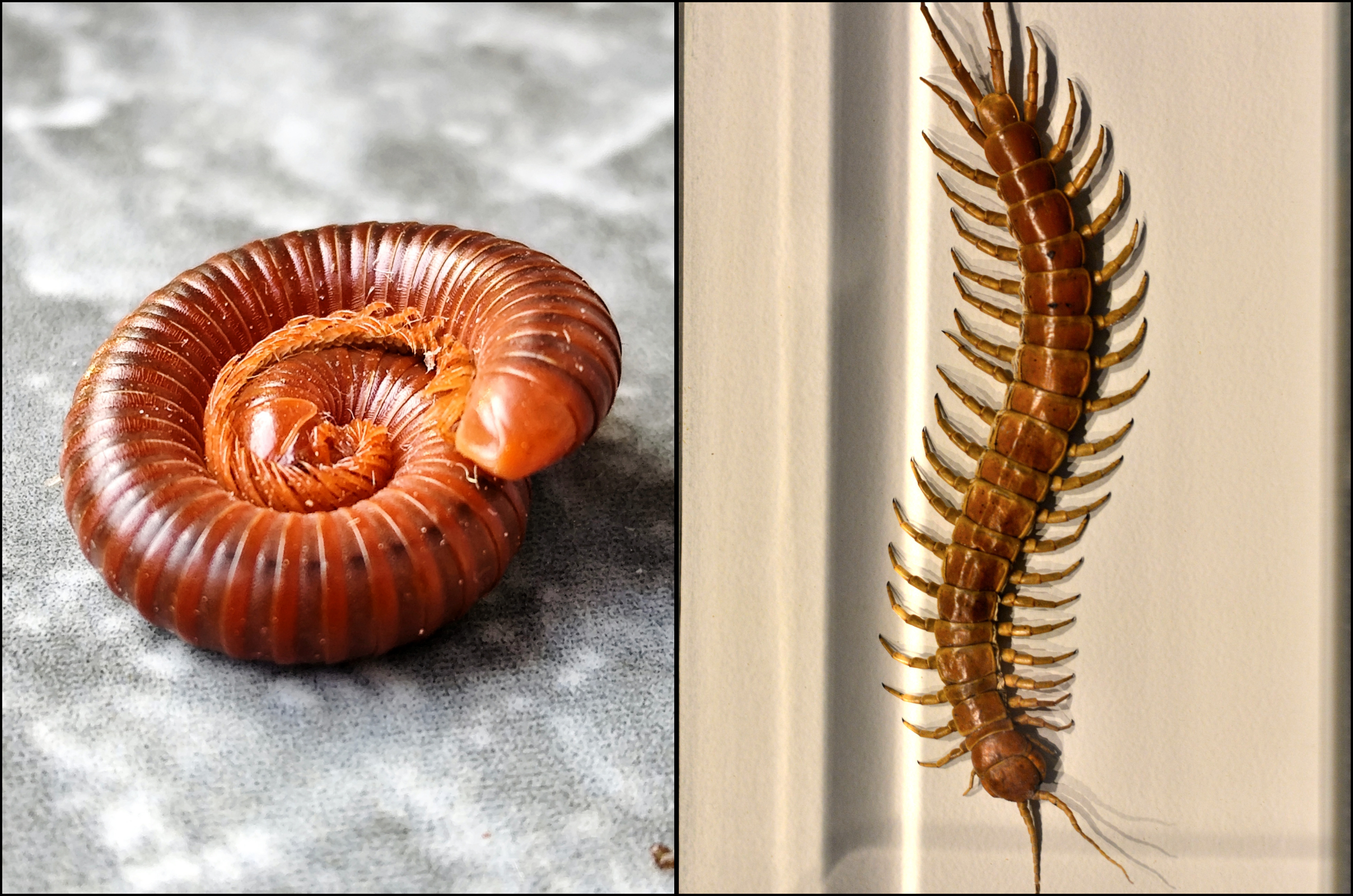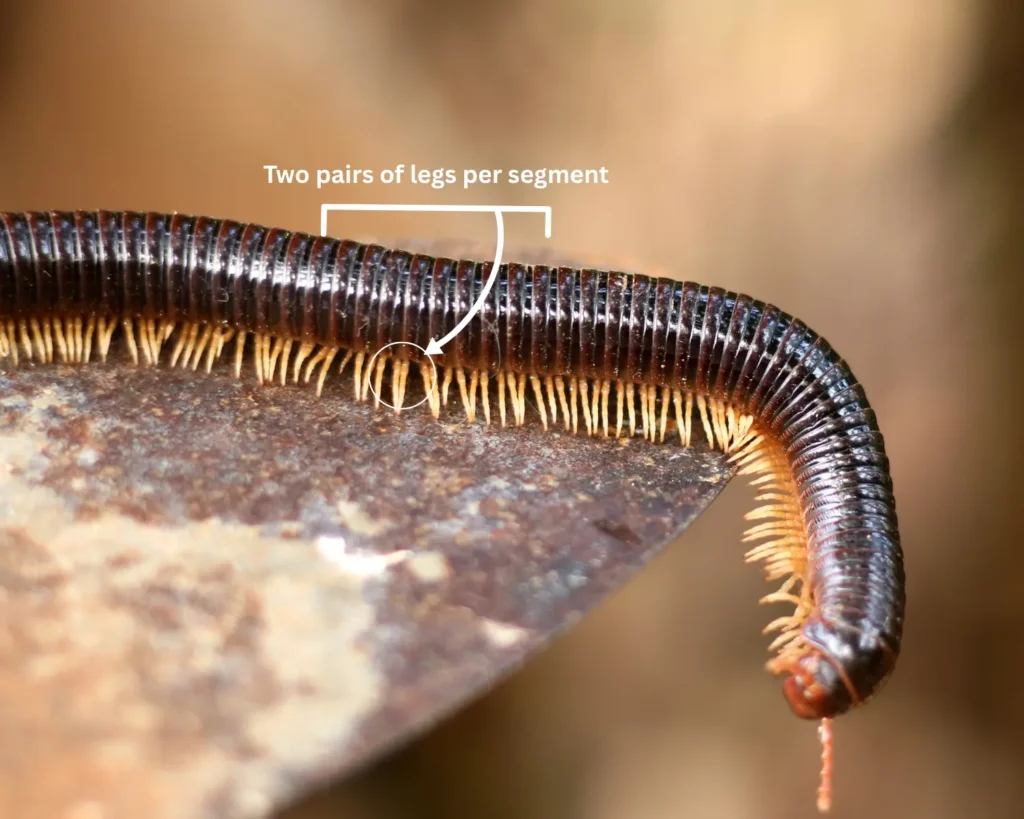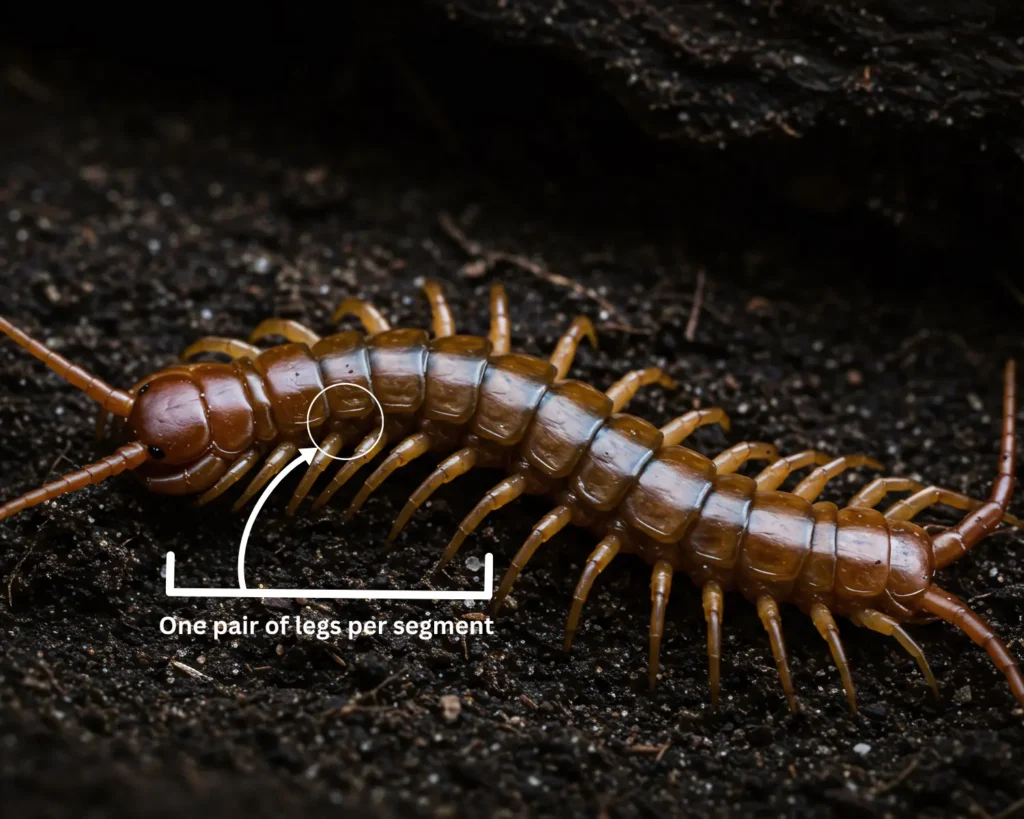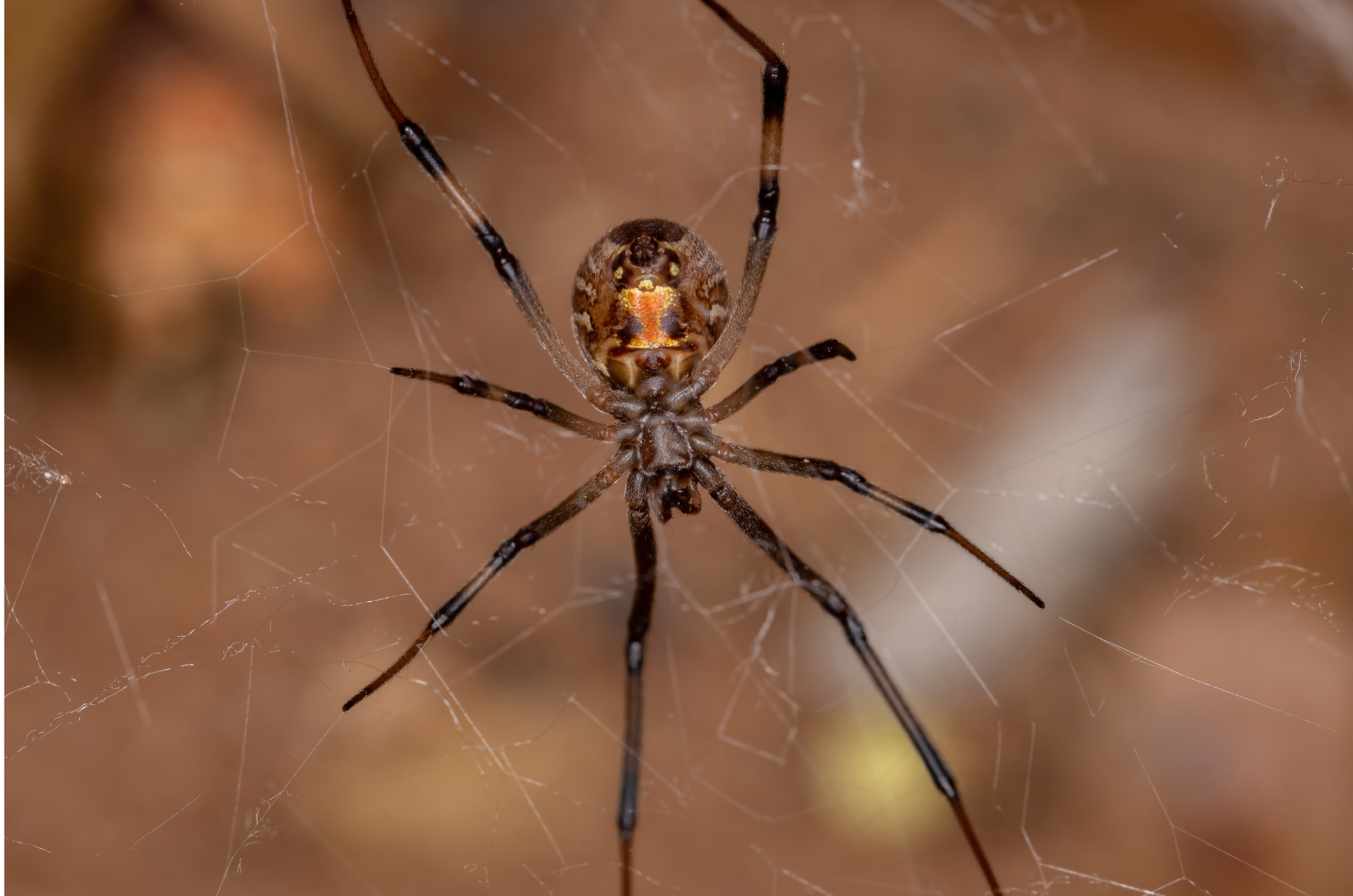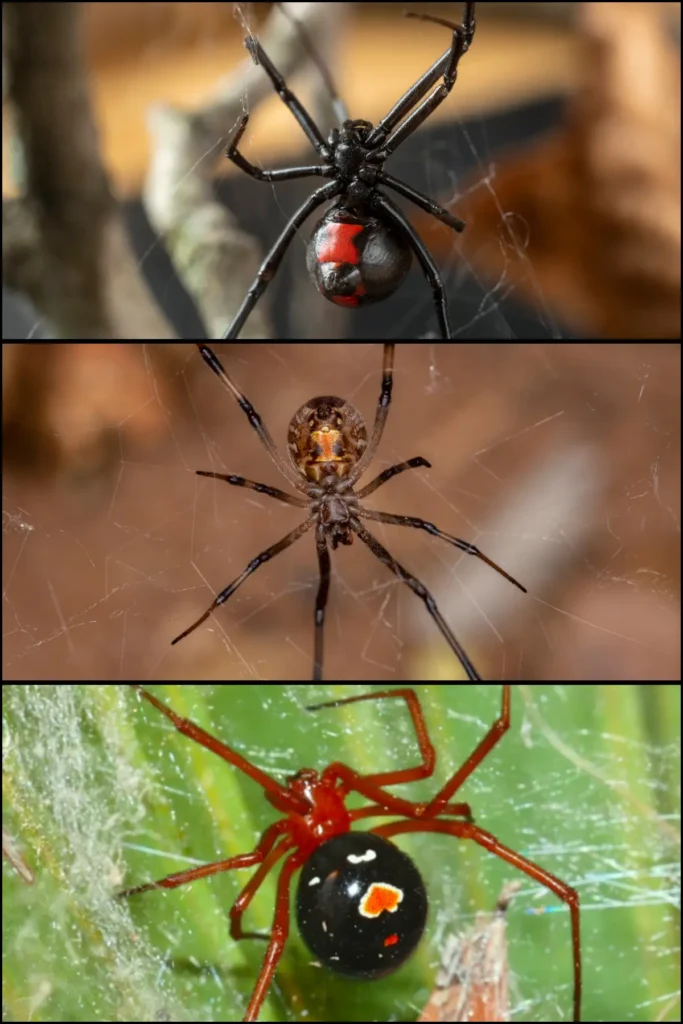Ants are tiny, tireless, and surprisingly complex. They are some of the most common pests in Florida homes, but also some of the most fascinating. From their impeccable strength, to their persistence on supporting the colony, they are relentless tiny insects. How do you stop ants? Ant control which we also include in our pest control services.
Here Are the Ant Facts:
1. How is the Queen Ant Chosen?
From the time they are born, queen ants receive special attention and nourishment when they are still in the egg. The more well-nourished eggs have a much higher chance of becoming queens.
The diet that the queen ant eats allows her to grow large in size and develop specialized reproductive organs. The queen’s primary job in the colony is to reproduce as the sole reproductive.
2. Red ants can be aggressive – here’s how to control red ants
There are many species of fire ants, but the most commonly known is the red imported fire ant. These ants are highly aggressive and they are known for their painful, burning sting which results in intense itching. The effects of a sting can last up to 10 days and may even lead to an infection. Some ant stings can cause an allergic reaction, and may become severe.
Due to their aggressive behavior and the fact that only about 20% of the colony is foraging at any given time, the most effective method to eliminate fire ants from an area is to have our experts apply individual mound treatments to help to control the activity. In addition, sealing any entry points that they are coming in from, like doors and windows is also helpful to prevent them from getting into structures.
3. What are the nearly invisible ants in my kitchen?
Ghost ants or sugar ants, get their name due to their tiny size and pale color, so this makes them especially difficult to see. They can be anywhere from 1.3 – 1.5 mm, making them some of the smallest ant species in the world!
With ghost ants, sanitation is critical in the prevention and control of ants. Any food debris left on the kitchen counters and sinks serve as an easy meal for ants. Ants are especially fond of sweet/sugary foods, one of their favorites being honeydew.
4. Killing the ants you see will never be enough
It’s never enough to eradicate the workers of the colony. The queen is the reason for active reproduction within the colony. This means the colony will never stop growing until the reproduction cycle is stopped entirely. Finding the queen is crucial but not easy.
5. Ants are one of the strongest animals in the world
Ants are some of the strongest animals in the world, relative to their size. Worker ants are able to carry items 10-50 times their body weight. They are so strong, they have been seen carrying lizards!
6. Ants use communication with each other differently
Ants don’t have ears, so they rely on their other senses to communicate. Ants use their antenna similarly to how we use our noses. They pick up on chemical signals to let them know where to go and if danger is near. When a foraging ant discovers a food source, ants lay down a pheromone trail on its way back to the nest. This scent trail guides other ants directly to the food.
7. Fire Ants can float
When the red imported fire ant is faced with a flood, instead of drowning, the colony does something incredible. They band together to form a giant floating raft made entirely from their own bodies.
The ants grip on tight to one another using their mandibles, and they hold on until they can get to higher ground. Because fire ants are aggressive and adaptable, they can stay in these rafts for weeks in order to protect the colony and the queen.
8. One colony can contain thousands of ants
An ant colony can contain hundreds of thousands of ants, which are headed by a queen, or multiple queens. During her peak in reproduction, a queen ant can lay hundreds to thousands of eggs per day. In her lifetime, which is up to 30 years, a queen may lay millions of eggs.
Smaller colonies can have anywhere from a few hundred to a few thousand ants while larger colonies can have anywhere from 100,000 to over 500,000 ants. There are even some supercolonies known to have millions of ants in a colony.
9. Heavy rain drives ants indoors
Because ants live in underground colonies, heavy rain can flood their nests and force them to seek higher, drier ground, which is often your home. In addition, rain can wash away their pheromone trails, which ants rely on to navigate. Without these chemical signals, they become disoriented and may wander into places they normally wouldn’t, like the inside of your house.
10. Regular Pest Control keeps ants away
Store bought pest control products are only designed to kill the ants that you see, the foragers, which account for just 10% or less of the whole colony. When the surface level ants are sprayed, the colony quickly rebounds with the queen and the majority of ants left untouched.
Our professional pest control services covers many ant species through specialized baits and treatments that target the queen to eliminate the entire colony. Ongoing ant control is the best way to create a protective barrier around your home to repel these invaders.



